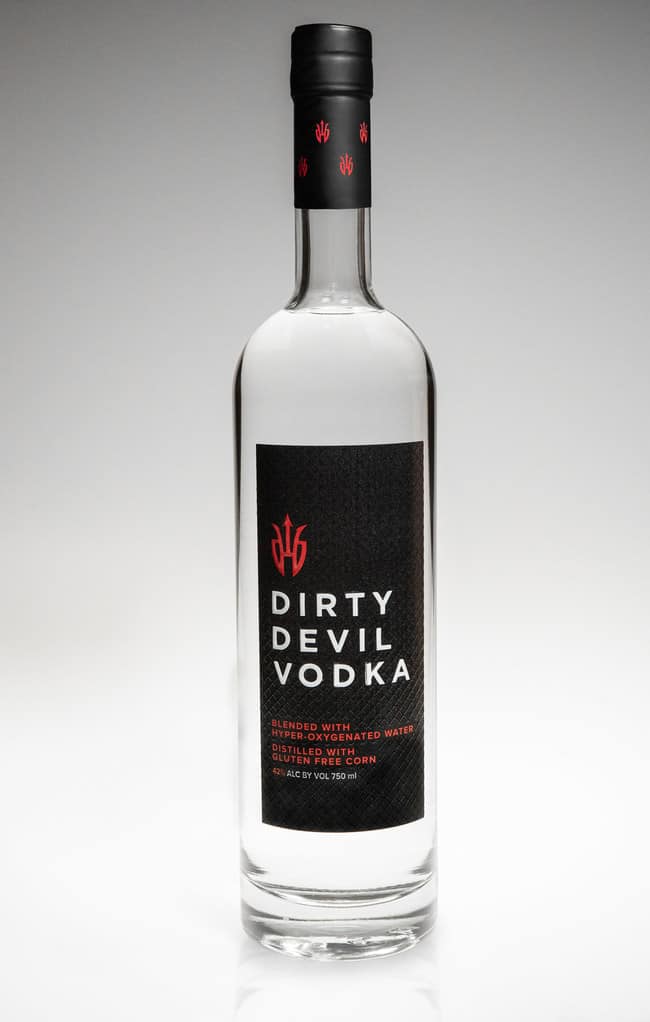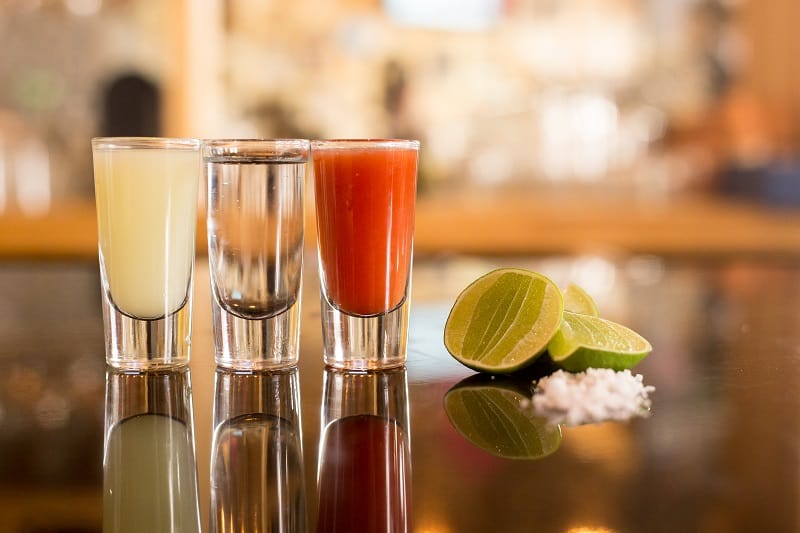Defining the Difference Between Mezcal and Tequila
Mexican spirits mezcal and tequila are cultural icons generating massive interest, investment, and increased share of the worldwide alcohol market. Much like Scotch, vodka, and gin, where the agave spirit has been crafted and how is becoming just as important to consumers as the taste and price.
Casual liquor lovers and cocktail drink sippers may not know what separates mezcal and tequila. Both are distilled from cooked agave pinas, but there are different varieties of agave species, differences in taste, regulation, production, and bottling that make mezcal and tequila unique from each other.
The following article will help you understand the differences between each product, and help you figure why styles and price differ between seemingly similar expressions.
See more about – Beginner’s Guide: How to Drink Tequila
Definitions
Tequila is a distilled spirit made only from the agave tequilana weber or blue agave plant. Mezcal (or del maguey) is produced from any agave varieties, which include espadin, tobala, tepeztate, arroqueno, and tobaziche, although there are approximately 30 that can be used for distillation.
The word mezcal comes from Nahuatl Mexicali, which means “oven cooked agave.” Mezcal forms part of the rapidly growing alcohol sector focused on traditional “terroir” and techniques of production. While tequila is also doing this, the differences in traditional production between the two spirits are quite different.
Mezcal vs Tequila: Why do they taste different?

From an alcohol by volume perspective (ABV), mezcal and tequila are bottled at the same strength. Due to differences in agave varietals, their preparation, and distillation, mezcal has the reputation for tasting stronger, particularly when compared to Blanco and Joven tequilas, which are predicated on clean and crisp blue weber agave flavor.






















